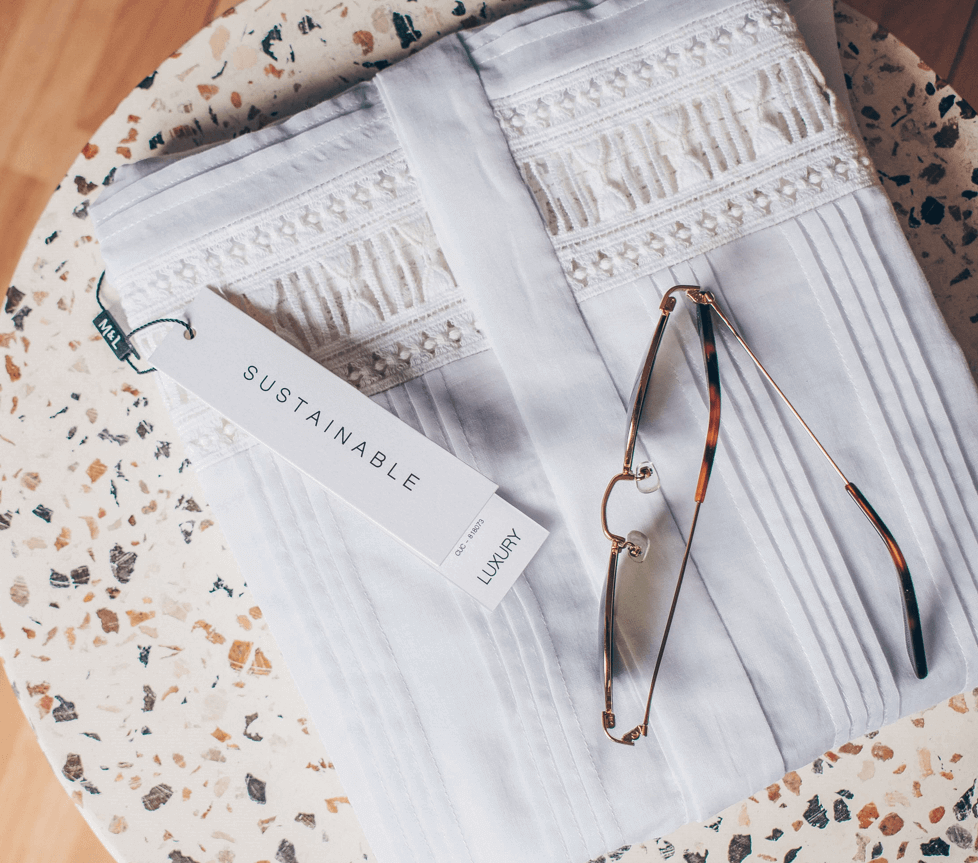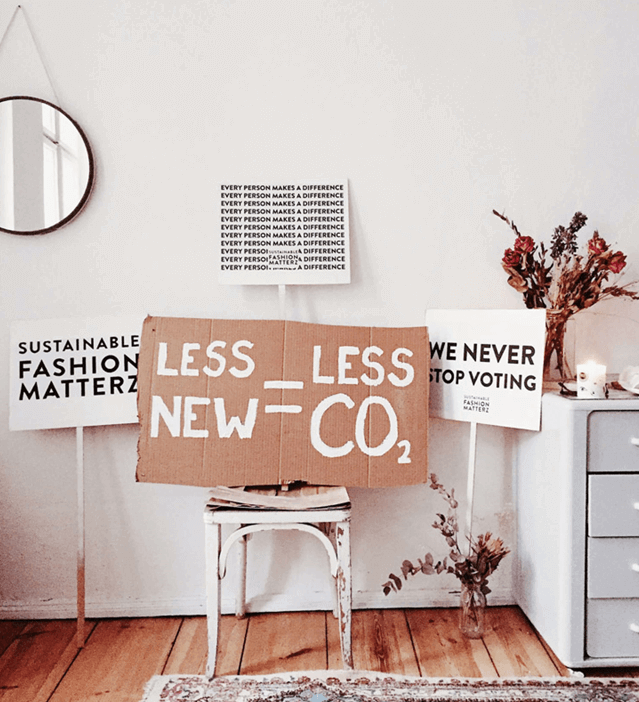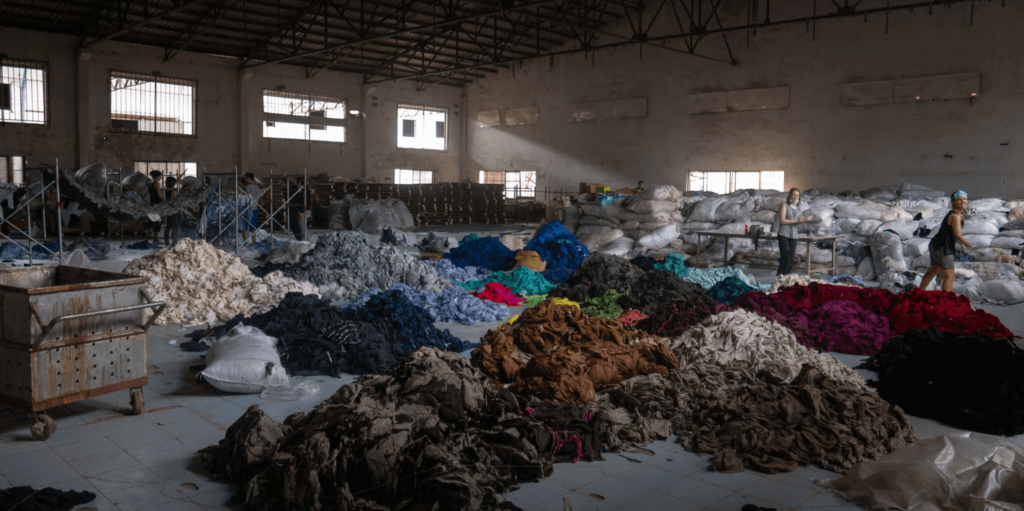3) Join A Clothes Swap
A clothes swap is a great way to give your pre-loved clothes a second home. It’s also a neat solution to avoid filling up the landfill with plastic waste.
You can either join a clothes swap event in your local community, or organize your own. If you do plan on a private event, do remember to sort out the clothes by size, so you don’t end up bringing a size 7 shoe home by accident! (P.S. If that’s your size, more power to you!)
4) Donate Your Unwanted Clothes
You know that pile of old clothes sitting in the corner of your wardrobe, waiting for someone to come and rescue them?
Don’t abandon them, will you? Rather than leaving them to gather dust, donate them to a good cause that will help others to be more sustainable. A great way to do this is to have a one-in, one-out policy—each time you buy something, you give another one away!
5) Buy From Sustainable Fashion Brands
Maintaining an ethical wardrobe can also mean supporting fashion brands that use sustainable practices. Brands like PACT, Eileen Fisher, and Boden use eco-friendly practices to make their garments, such as sourcing for organic materials, recycling old fabric, and ensuring fair wages for their workers.

While looking for sustainable fashion brands, it also helps to know the type of materials the brand uses and its impact on the environment. You’ll be more aware of how important your purchasing decisions are and ensure you buy from a brand that matches your beliefs. A good rule of thumb is to avoid synthetic materials like polyester and nylon, due to their harmful effects on the environment.
You can check out a list of more sustainable fashion brands here!
Why Should I Care About Sustainable Fashion?
Here’s a little something you might’ve not known about the fashion industry—It’s one of the world’s biggest polluters of our oceans and rivers.
That’s right, the fashion industry is only second to oil in the pollution of industrial water pollution. 20% of the water pollution comes from the microfibers found in our clothing, which are tiny pieces of synthetic materials used to produce the garment. Companies opt to use these simply because they are cheaper and easier to produce.
When our clothes are washed, these microfibers tend to fall off.
They are washed down the drain, passed through our filtration plants, ending up in our oceans and rivers, and eaten by fish and other sea creatures. That’s where the real danger begins—because when the microfibers enter the food chain, we are at risk as well.

Sustainability has become an increasingly important issue that more fashion brands and manufacturers are trying to incorporate in their values. Hence, the main responsibility of fashion companies lies in changing their production, distribution and marketing practices to include sustainable methods.
As consumers, it’s time we take a good, hard look at our purchasing behaviors and overall attitudes towards fashion.
Sustainable fashion doesn’t mean compromising your style. Just because this top isn’t in trend with the latest collection, doesn’t mean it won’t make a good outfit!
So go out there and show the world what it means to be fashionably sustainable!




















